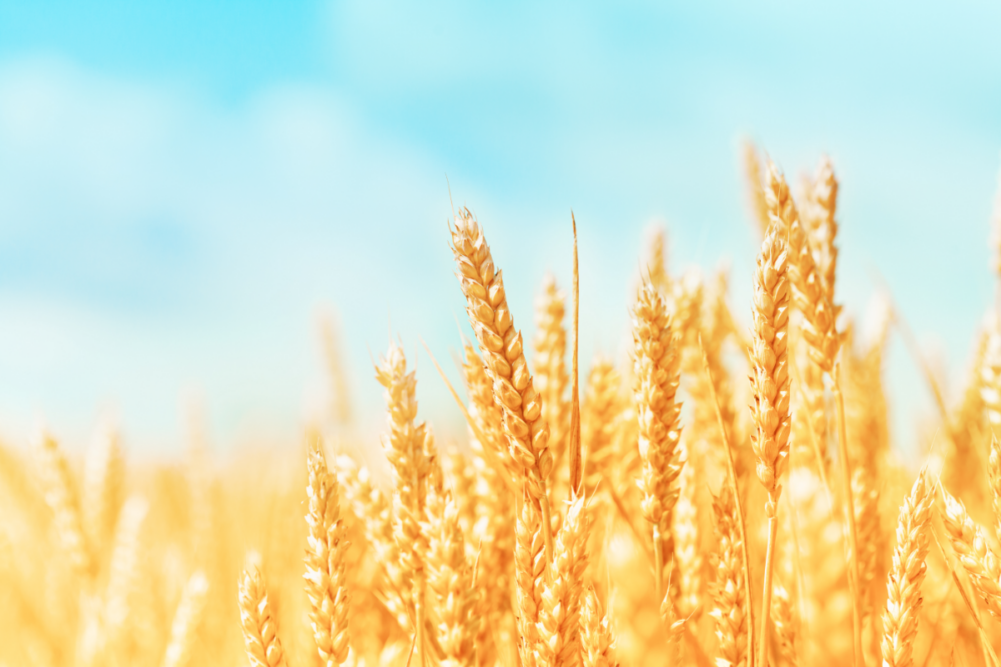KANSAS CITY — The spring wheat and durum harvests were accelerating, although progress in some states, notably the spring wheat harvest in North Dakota, was well behind the average pace for the date. Regardless, there was no weather threat evident that would significantly delay the harvest’s completion. Meanwhile, the corn harvest expanded across the South and the Delta states.
The US Department of Agriculture in its weekly Crop Progress report said the spring wheat harvest was 69% completed by Aug. 30 compared with 49% a week earlier, 50% a year ago and 77% as the recent five-year average for the date.
The North Dakota harvest was 59% completed by Aug. 30 compared with 75% as the average progress for the date for that state. The Washington spring wheat harvest also lagged at 62% completed compared with 80% as the average progress for the date.
Harvest progress in each of the remaining spring wheat states — Idaho, Minnesota, Montana and South Dakota — was near the five-year average pace. Combining by Aug. 30 was 96% completed in South Dakota, 85% in Minnesota, 74% in Montana and 72% in Idaho.
The North Dakota Wheat Commission in its weekly crop progress summary issued Sept. 2 said two factors were affecting spring wheat yields: time of planting (later seeded fields were faring better) and if the crop received timely rains.
“There continues to be a wide variance in yields with some producers indicating better-than-expected yields, while others have found yields to be below initial expectations,” ND Wheat said.
No major harvest or quality problems have been reported thus far, although there were some concerns in Montana about grasshopper pressure, particularly on fields that have not fully matured.
In its initial data assessment of 2020 spring wheat quality, based on 109 of 446 expected samples, the Hard Red Spring Wheat Quality Laboratory at North Dakota State University said test weight was averaging 61.5 lbs per bu, higher than last year’s final average of 60.7 lbs per bu. Protein in the samples averaged 15%, up from last year’s final average of 14.4%. Falling number was averaging 380 seconds versus 339 seconds as the 2019 crop average.
Average vitreous kernel content of the samples was 63% compared with 52% in 2019. But to grade No. 1 dark northern spring, wheat must have a vitreous kernel content of at least 75%. Hence, the current average subclass grade of samples taken from the 2020 harvest was No. 1 northern spring.
The USDA said the North Dakota durum crop was 53% harvested by Aug. 30 compared with 47% a year ago and slightly behind the recent five-year average progress for the date of 54%. Montana durum was 46% harvested by Aug. 30 compared with 33% a week earlier, 24% a year ago and 60% as the recent five-year average.
ND Wheat in its Sept. 2 crop progress summary said harvest conditions for northern Plains durum have been nearly ideal. Yield reports from producers have ranged from 20 to 50 bus per acre.
“There appears to be a wide variance in yield outcome depending on planting date and moisture received during the season,” ND Wheat said.
Millers said what little new crop durum they’ve taken in so far has had very good quality with strong test weights and excellent color. Protein was a bit below average, but this was not worrying. Overall, they were quite pleased.
The corn harvest expanded across the South and Delta states and was underway as far north as Kentucky by Aug. 30, according to the USDA.
The corn harvest was 55% completed in Texas, 83% in Louisiana, 14% in Arkansas, 34% in Mississippi, 33% in Alabama, 76% in Georgia, 62% in South Carolina, 1% in Tennessee and 2% in Kentucky.
The soybean harvest also was underway with harvesting by Aug. 30 21% completed in Texas, 25% in Louisiana and 4% in Mississippi.





